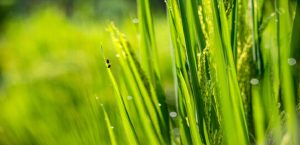Abstract:
Since the Industrial Revolution, global changes have driven a sharp decline in biodiversity, pushing ecosystems to the brink of systematic collapse and functional loss. Understanding, protecting, and constructing healthy ecosystems are crucial solutions to address these global changes. Previous research primarily focused on the supporting services of above-ground communities (e.g. plants) and below-ground communities (e.g. microorganisms) in terrestrial ecosystems. Yet, these studies rarely incorporated the important connections between soil fauna and ecosystem functioning. Termites, ants, and earthworms are widely distributed across tropical, temperate, and boreal (except for termites) climate zones, and they represent significant numbers and biomass within soil invertebrate communities. Through soil bioturbation, they create unique biogenic structures (such as termite mounds, ant nests, and earthworm casts), playing vital roles in nutrient cycling and biodiversity maintenance, thus earning the title of “ecosystem engineers.” Given the rapid and widespread invertebrate decline (~9% per decade), a cross-taxa synthesis of the global distribution and potential drivers of invertebrate engineering effects on ecosystem functioning (or ecosystem properties more broadly speaking) is needed.
Speaker: Prof. Donghao Wu
Affiliation: Zhejiang University
Time: 10:30 AM, Tuesday, Aug.19, 2025
Venue: Offline: The Conference Hall in Xishuangbanna Headquarte
Online: Tencent Meeting ID:535 570 346



